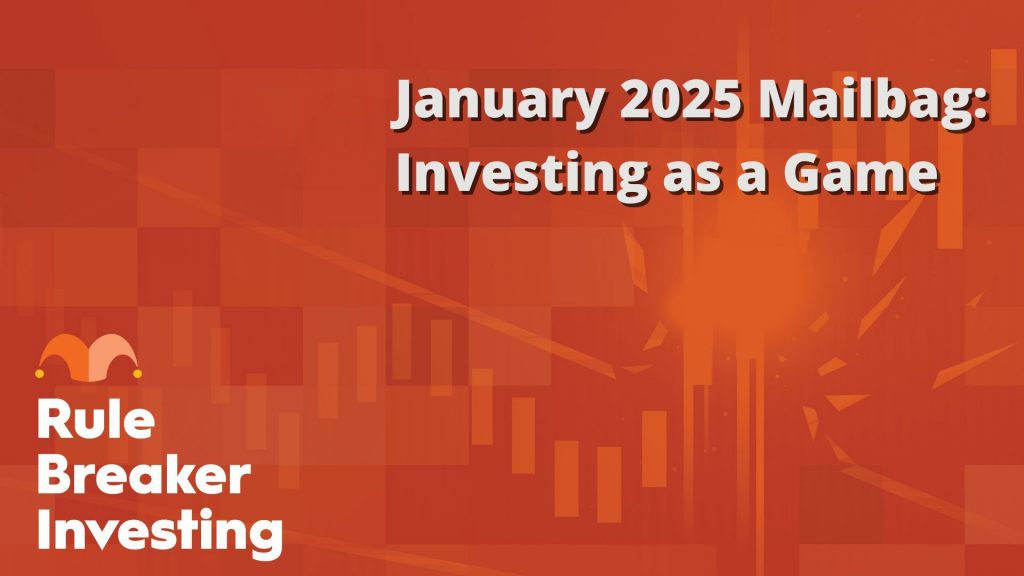A decade seems like a long time. However, as many people realize, time goes quickly. With retirement planning, it’s always good to give yourself time rather than trying to scramble at the last moment.
With 10 years or less before you say goodbye to your working days, here are some steps you can take today to ensure a financially secure retirement.
Start Your Mornings Smarter! Wake up with Breakfast news in your inbox every market day. Sign Up For Free »

Image source: Getty Images.
1. Determine Social Security payments
Many people are eligible to collect Social Security. You have to have worked and paid into the system for at least 10 years, and you can start receiving checks as early as age 62. Social Security bases your payment on your 35 highest-earning years, adjusted for inflation.
Of course, the longer you work, the higher your benefit. Your maximum benefit payout occurs once you turn 70 years old. You can request that the Social Security Administration mail you a statement of your earnings and estimated benefits, or you can get this information online.
At that point, you’ll know how much you’ll receive in monthly Social Security payments based on how long you work and when you decide to collect your benefits. This figure gets periodically adjusted for inflation, a rise called the cost-of-living adjustment (COLA).
Social Security announced its most recent COLA of 2.5% on Oct. 10, 2024. A survey conducted by The Motley Fool shows that a majority of respondents, 54%, viewed the COLA as somewhat or completely insufficient. Hence, while estimating your benefits is a good first step, there are others you should take to ensure you’re financially ready to retire.
2. Examine retirement savings account contributions
If you’ve been working a long time, there’s a good chance you’ve had an opportunity to contribute part of your pay to a workforce retirement plan. These defined contribution plans allow you to invest the funds and accumulate wealth without paying taxes until you’re ready to withdraw the money. You may also have other retirement plans like Individual Retirement Accounts (IRAs).
Hopefully, your employer matches your contribution to some degree. If so, try to make sure you’re taking full advantage by ensuring you contribute enough to enjoy the full employer match.
Additionally, as you near retirement, special rules may apply to your contributions. This year, individuals can contribute up to $23,500 to their 401(k) or similar workforce retirement savings account. However, if you’re at least 50 years old, you can make a “catch-up” contribution. Those in that age group can save an additional $7,500 in their plan.
If you feel your balances aren’t adequate or just want to increase your retirement savings, you should consider raising your contribution.
3. Look at asset allocation
As you near retirement, it’s a good idea to look at your investments to see how they’re allocated. You should make appropriate adjustments, which may include a more conservative approach.
Hopefully, you’ve started investing early for your retirement. If so, you could’ve invested in equities, even though the asset class tends to have more volatile return. But these short-term movements get smoothed out over time.
In the last couple of years, the S&P 500 has returned over 25%. It’s tough to allocate away from large-cap equities given those recent returns. But with fewer years to go before retirement, it’s prudent to diversify, including with less volatile assets like bonds and cash.
For instance, the S&P 500 dropped by more than 18% as recently as 2022, and it was down 37% in 2008. If you were retiring shortly after these rough patches, that could’ve affected your retirement plans.
4. Plan for healthcare expenses
It’s hard to ignore the rising costs of healthcare. Over the years, these expenses have risen faster than the overall rate of inflation. Your personal healthcare costs are likely to go up as you age. While there’s not much you can do about paying rising expenses, you can prepare now.
For starters, you’ll become eligible for Medicare at 65 years old. You can figure out what that covers and plan other options for what it doesn’t. Next, you can begin saving now for medical expenses in your retirement. If you’re eligible for a Health Savings Account (HSA), that’s a good option.
HSAs are triple-tax-free. You don’t pay taxes when you contribute, you don’t pay them on the gains if you choose to invest the money, and you don’t pay them when you withdraw the funds to pay healthcare costs.
The $22,924 Social Security bonus most retirees completely overlook
If you’re like most Americans, you’re a few years (or more) behind on your retirement savings. But a handful of little-known “Social Security secrets” could help ensure a boost in your retirement income. For example: one easy trick could pay you as much as $22,924 more… each year! Once you learn how to maximize your Social Security benefits, we think you could retire confidently with the peace of mind we’re all after. Simply click here to discover how to learn more about these strategies.
View the “Social Security secrets” »
The Motley Fool has a disclosure policy.
 fool.com
fool.com benzinga.com
benzinga.com



